
Jason Aaron has set himself a challenge. His Star Wars series is set in the period between A New Hope and The Empire Strikes Back, and is usually focused on Luke Skywalker’s quest to become a Jedi Knight. As part of this quest, though, Luke has discovered the Journal of Obi-Wan Kenobi; and so, whenever Aaron gets to a point where his characters should really be sat around in hyperspace for a while, he’s enjoying dipping into the Journal and telling a story set in the past.
This time he’s taken it all one step further; Obi-Wan Kenobi is recounting a tale of the Jedi Master Yoda. The continuity is a little awkward – after all, Luke can’t know anything about Yoda until he meets the Jedi Master in The Empire Strikes Back. Where that issue rose to the forefront of Star Wars #27, Aaron seems to be getting more comfortable with the challenge he’s set himself, and this issue is a lot more successful as a result.
As is often the case with Jason Aaron, everything rests upon the quality of the world he’s building – and Aaron is a very skilled world-builder indeed. His main plot features Yoda exploring a strange, unidentified world, one where the adults have disappeared and tribes of Force-sensitive children wage war on one another. On this planet, the Force is known as the Stonepower, and it doesn’t quite work the way Yoda is used to; that leads to a beautiful training montage, showcasing Yoda’s humility as well as his power.
Still, we’re getting to the halfway point for this arc, and Aaron knows it’s time to explain some of the mysteries. The issue features Yoda finally meeting the adults, learning a little of what has happened on this unnamed planet, and then successfully reaching the Heart of the Mountain. There, he makes a discovery that – although fairly predictable – is a fascinating twist on core Star Wars concepts. There are some vague thematic ties to the Kyber Crystals that played such a major role in Rogue One, but I’m not sure if those will be explored in this arc; whether that’s the case or not, fans are sure to enjoy discussing them!
I love Aaron’s use of Yoda here. He gets inside the character’s mind in such a fascinating way, hinting at a Messianic aspect to Yoda – a desire to save. Impressively, where other comics – and films – make this explicit, Aaron is comfortable with making gentle nods to the idea. He trusts his readers to get the imagery, and that’s something I truly appreciate. Meanwhile, he also capitalizes on the idea that Yoda is a teacher; there are moments where the Jedi Master’s compassion shines through, and his honest criticism of the parents is touching. This is truly the reaction that any teacher would have to such an abandonment.
Salvador Larroca’s art, meanwhile, is perfect, and he brings real depth and vitality to the Star Wars universe. But this is one comic that wouldn’t work without the colorist; Edgar Delgado’s use of shadow is particularly inspired, giving a strong sense of the despair Yoda is facing on this world. The quality of teamwork in the artistic team is truly impressive, and there are some real stand-out moments that seem positively eerie.
From a plotting viewpoint, one aspect that I really liked is the hint of a B-plot that resolves a question few readers will have thought to ask: Why is Obi-Wan Kenobi writing this adventure down anyway? It’s clear that Aaron’s tale is intended to spin through three different times – from Luke, the reader, to Obi-Wan, the writer, to Yoda, the subject. Although this hasn’t quite worked in previous issues, this is the best yet. I’m definitely intrigued.
All in all, Star Wars #28 is a reminder why the book is a bestseller. Jason Aaron is on fine form, demonstrating tremendous world-building skills and a deep appreciation of character, while the artistic team are firing on all cylinders.










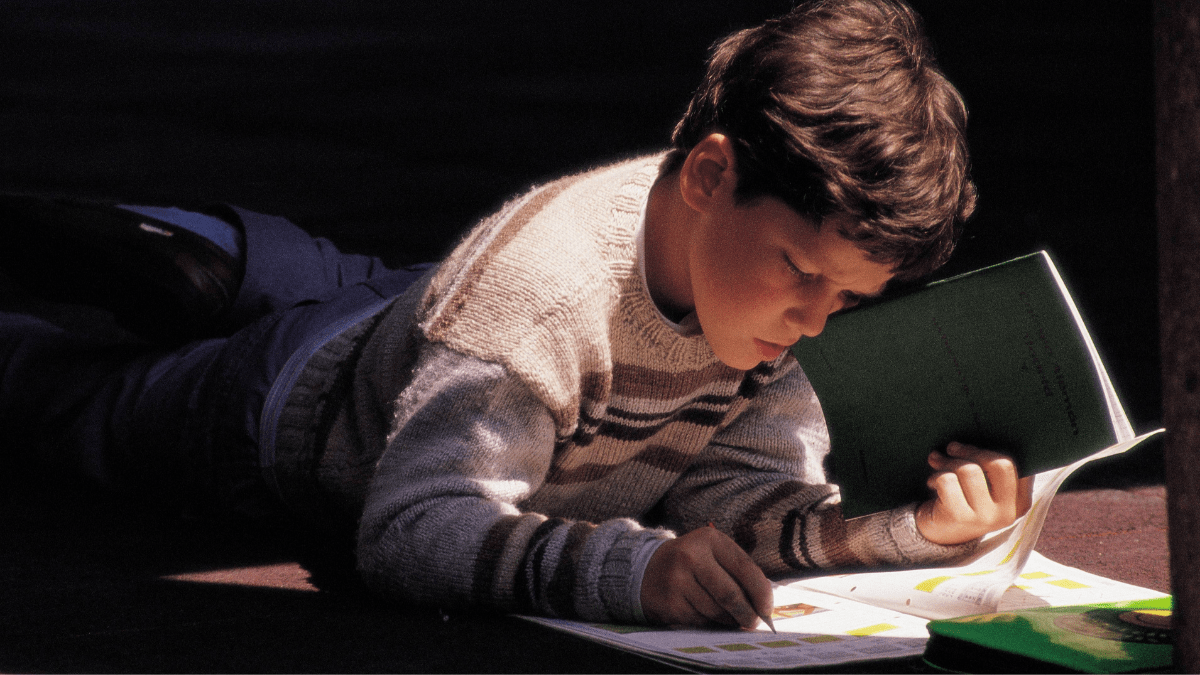
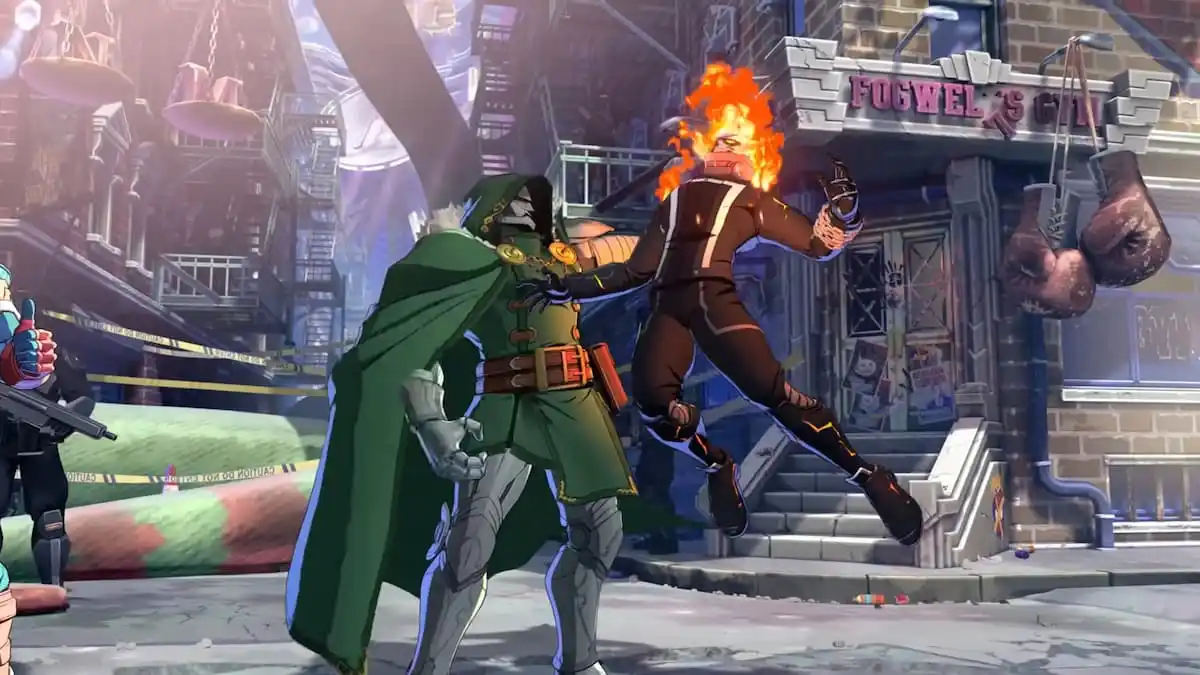


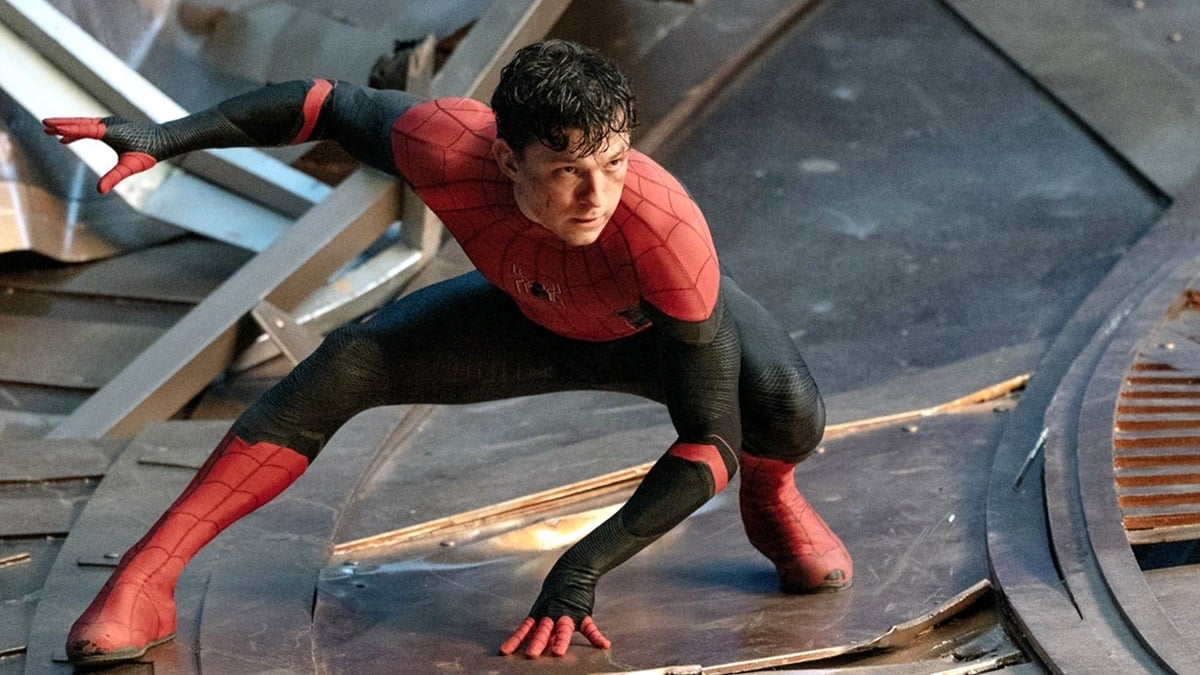
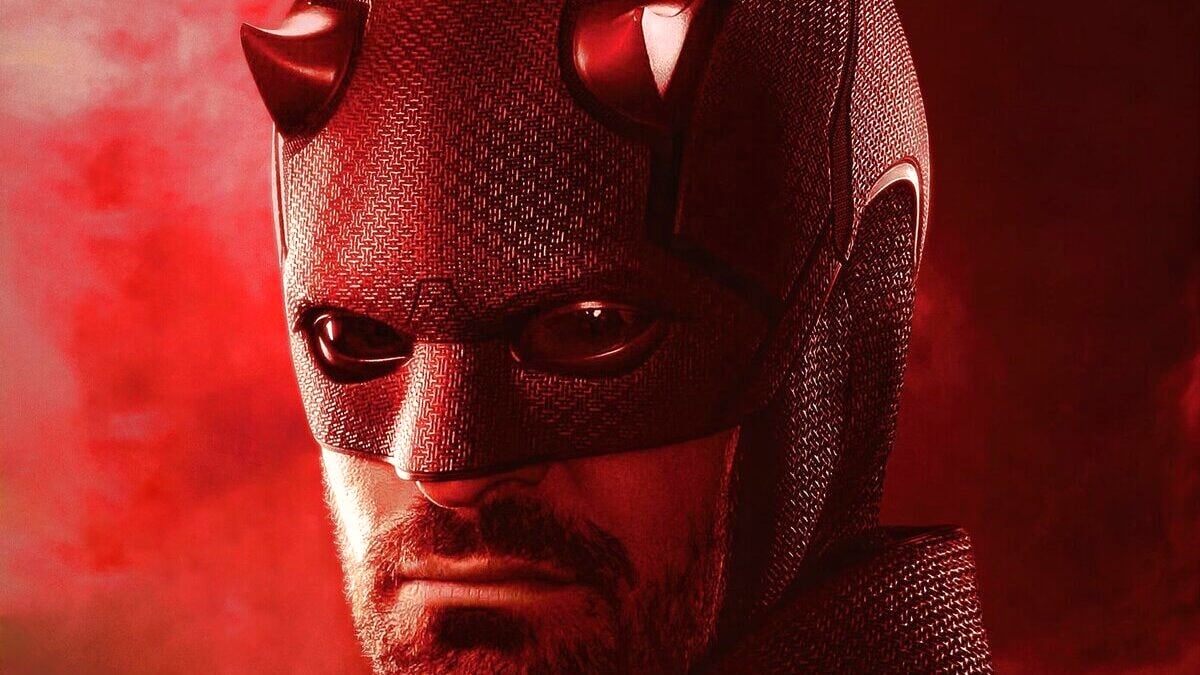
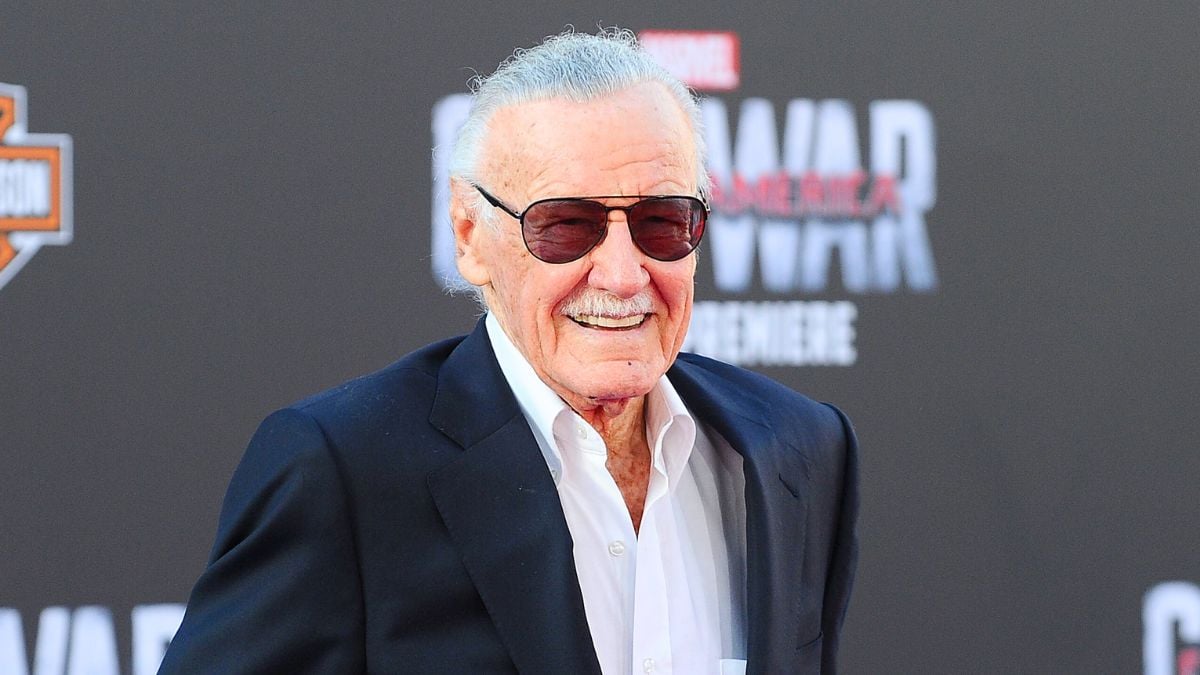
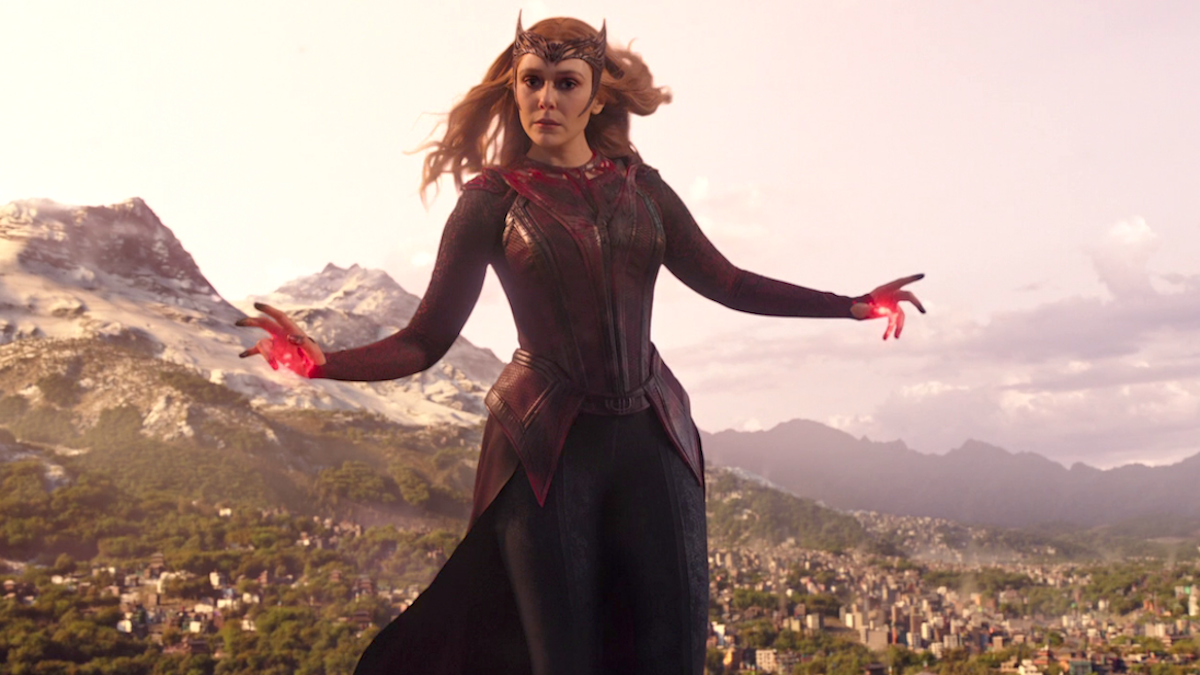
Published: Feb 1, 2017 11:20 am